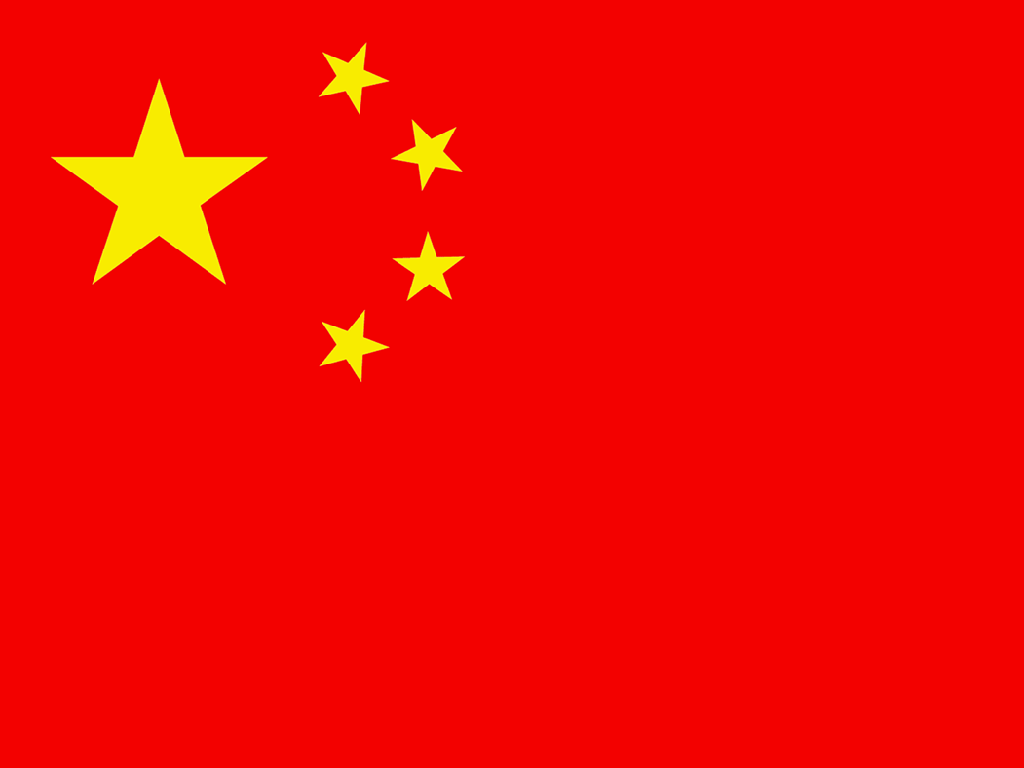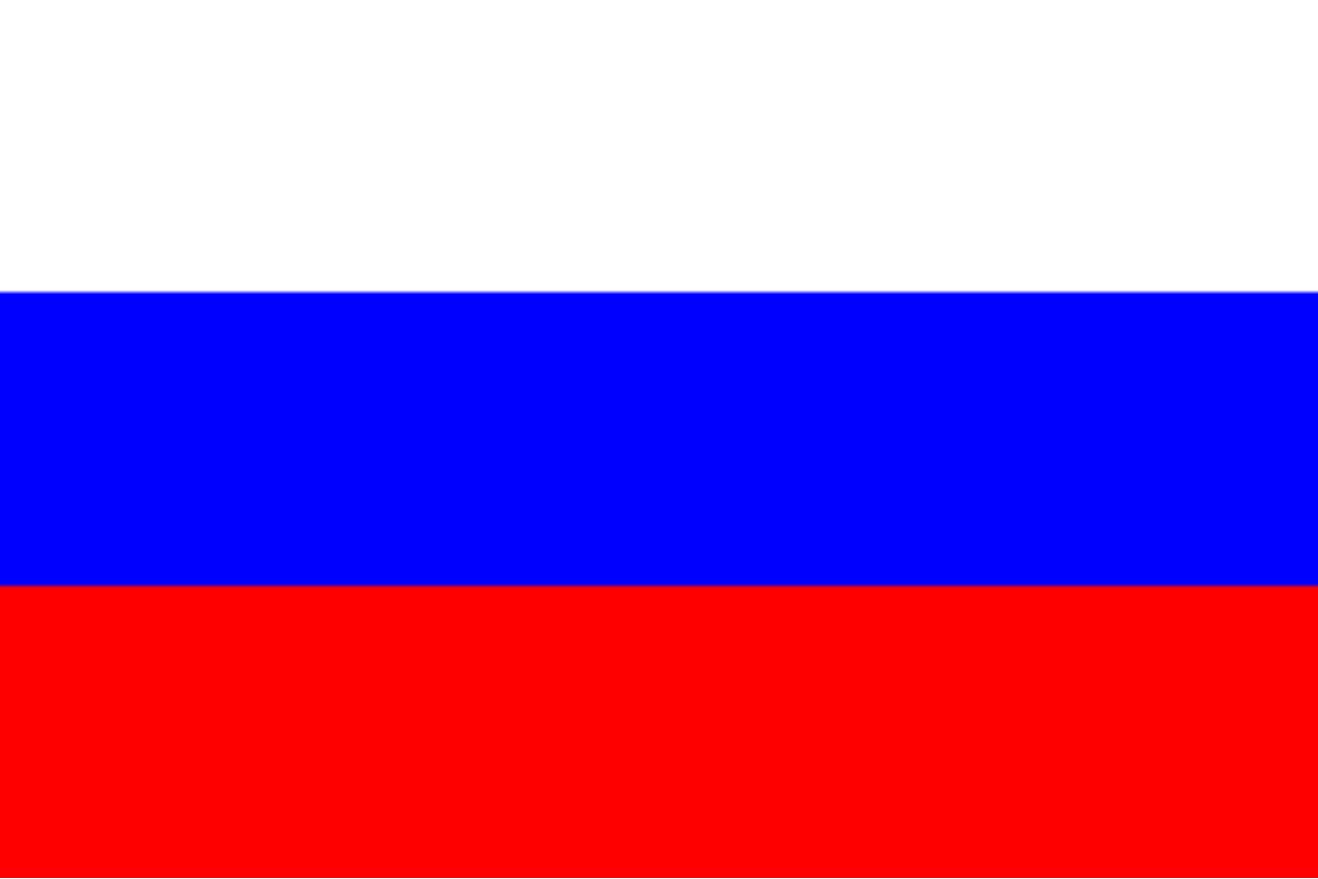Team:Tsinghua
From 2010.igem.org
| Line 11: | Line 11: | ||
<div id="main_content"> | <div id="main_content"> | ||
| + | <h1>Tsinghua University</h1> | ||
</html> | </html> | ||
| - | + | <html> | |
| - | + | <div class="content_block"> | |
| - | + | <img src="/wiki/images/7/7c/Usa.gif" /> | |
| - | + | </html> | |
| Line 67: | Line 68: | ||
| - | <html> | + | <html> |
| + | <span><a href="/Team:Tsinghua/project">More...</a></span></div> | ||
| + | <div class="content_block"><img src="/wiki/images/f/fc/China.gif" /></html> | ||
| - | |||
| - | |||
抗体是一类神奇的物质。 | 抗体是一类神奇的物质。 | ||
| Line 110: | Line 111: | ||
| - | <html> | + | <html> |
| - | + | <span><a href="/Team:Tsinghua/project">More...</a></span></div> | |
| - | + | <div class="content_block"> | |
| - | + | <img src="/wiki/images/thumb/1/1f/Russia.gif/30px-Russia.gif" /> | |
| + | </html> | ||
| Line 129: | Line 131: | ||
====MODULE II: Selection of Specific Antibody==== | ====MODULE II: Selection of Specific Antibody==== | ||
| - | |||
| - | |||
| - | |||
| + | <html> | ||
| + | <span><a href="/Team:Tsinghua/project">More...</a></span></div> | ||
| + | <div class="content_block"> | ||
| + | <img src="/wiki/images/d/de/France.gif" /> | ||
| + | </html> | ||
Tsinghua iGEM 2010 Project is focused on developing a new Antibody Production Method using Synthetic Biology. | Tsinghua iGEM 2010 Project is focused on developing a new Antibody Production Method using Synthetic Biology. | ||
The Aim is to | The Aim is to | ||
| Line 146: | Line 150: | ||
====MODULE II: Selection of Specific Antibody==== | ====MODULE II: Selection of Specific Antibody==== | ||
| - | |||
| - | |||
| - | |||
| - | |||
| + | <html> | ||
| + | <span><a href="/Team:Tsinghua/project">More...</a></span></div> | ||
| + | <div class="content_block"> | ||
| + | <img src="/wiki/images/f/fa/Germany.gif" /> | ||
| + | </html> | ||
Antikörper sind eine Art magische Substanz | Antikörper sind eine Art magische Substanz | ||
| Line 186: | Line 191: | ||
3. Durch den Gebrauch des Interaktions- und Kombinationssystems der Prokaryoten wird das Antikörper-Screening zum simplen Antikörper-Resistenz-Screening. | 3. Durch den Gebrauch des Interaktions- und Kombinationssystems der Prokaryoten wird das Antikörper-Screening zum simplen Antikörper-Resistenz-Screening. | ||
| - | <html> | + | <html> |
| - | + | <span><a href="/Team:Tsinghua/project">More...</a></span></div> | |
| - | + | <div class="content_block"> | |
| - | + | <img src="/wiki/images/1/18/Spain.gif" /> | |
| - | + | </html> | |
| - | + | ||
Anticuerpo es una especie de sustancia mágica. | Anticuerpo es una especie de sustancia mágica. | ||
| Line 231: | Line 235: | ||
3. Utilizar el sistema de interacción y combinación de los procariotas para cambiar los anticuerpos de detección para la proyección simple de resistencia a los antibióticos. | 3. Utilizar el sistema de interacción y combinación de los procariotas para cambiar los anticuerpos de detección para la proyección simple de resistencia a los antibióticos. | ||
| - | |||
| - | |||
| + | <html> | ||
| + | <span><a href="/Team:Tsinghua/project">More...</a></span></div> | ||
| + | <div class="content_block"> | ||
| + | <img src="/wiki/images/1/15/Japan.gif" /> | ||
| + | </html> | ||
抗体関連の研究のトピックは、2つの方向に分割することができます: | 抗体関連の研究のトピックは、2つの方向に分割することができます: | ||
| Line 268: | Line 275: | ||
3。相互作用と原核生物の組み合わせシステムを使用して、抗体を簡単に抗生物質耐性のスクリーニングにスクリーニングを変更します。 | 3。相互作用と原核生物の組み合わせシステムを使用して、抗体を簡単に抗生物質耐性のスクリーニングにスクリーニングを変更します。 | ||
| - | |||
| - | |||
| - | |||
| - | |||
| - | |||
| - | |||
| - | |||
| - | |||
| - | |||
<html> | <html> | ||
</div></div> | </div></div> | ||
</body> | </body> | ||
</html> | </html> | ||
Revision as of 07:29, 4 October 2010

Tsinghua University

Antibodies are a kind of magic substance.
Antibody-related research topics can be divided into two directions:
Firstly, in the natural science area, studying the antibody production mechanism in mammals is central. The core issue is how B-cells can produce numerous antibodies using limited gene fragments in the chromosome. Consequently, when required, producing plenty of proper antibodies to respond to the changing external environment.
Secondly, in the engineering field, the main goal lies in developing an antibody production technology. The core question here is how to develop an economical and effective method to manufacture various highly specific antibodies.
We believe that the two are essentially uniform.
antibody generation. Thanks to the simple and easy-to-industrialize nature of prokaryotic systems, such an antibody generation system, once established, will facilitate the cheap and efficient production
of antibodies.
Production of antibodies in the mammalian immune system involves two steps:
-Random production of a large numbers of antibodies
-Selection of a specific antibody matching the antigen.
Therefore, our Antibody Generation System would be composed of two devices:
Module I: Generation of antibody library.
Using an efficient bacterial in-vivo recombination method, we simulate the complex restructuring process during the development of immune B-cells with the simple recombination during the proliferation of the Escherichia coli bacteria, with the purpose of using a single strain of bacteria to generate an antibody library.
In our project we also use mathematical modeling as a tool, to prove the feasibility of this system in theory. /to prove the theoretical feasibility of this model.
Module II: Selection of specific antibodies
For antibody screening, the immune system has evolved a smart way to pick out the antibodies it needs. However, we need a simple way to industrialize the selection of antibodies independent of the eukaryotic system. Our antibody generation system will try to combine the advantages of both the mammalian immune system and the prokaryotic reproduction system.Several strategies have been developed to achieve these goal:
1. Using a combination of proteins on the E.coli membrane to simulate the recognition of antigen and antibody, and use the signaling mechanism of prokaryotic cells to transfer the correct recognition to the downstream signal.
2. Using the extracellular presenting system of the Prokaryotes to change the antibodies screening to the simple "Filter" screening.
3. Using the interaction and combination system of the Prokaryotes to change the antibodies screening to the simple antibiotic resistence screening.

抗体是一类神奇的物质。
与抗体有关的科学问题主要分为两个方向:
一是在自然科学领域,研究哺乳动物体内抗体的产生机制及其作用机理,其核心问题是,免疫系统如何利用有限的基因片段产生理论上无限多种抗体,并在特定情况下大量产生适当抗体,从而应对不断变化的外界环境。
二是在工程学领域,研究抗体生产技术,其核心问题是:能否发展一套迅速、便宜生产各种高特异性抗体的系统。
而本质上,这两个方向却是统一的。
根据合成生物学的思想,清华大学iGEM10项目希望以原核生物为基础,构建一个完全模拟免疫系统抗体生成过程的人造系统,通过该系统,研究抗体形成的有关问题;而由于原核生物本身的特点,这个系统同时具有了抗体工业化生产所必需的高效、便宜的特性。实现了科学与工程的完美统一!
免疫系统的抗体生成过程包括两个步骤:
-随机产生大量多样的抗体
-对某种特定抗体进行筛选
因此,我们的系统由两部分组成:
模块 I: 抗体库的构建
使用一种高效的大肠杆菌体内重组(in-vivo recombination)方法,使细菌在增殖过程中的重组来模拟免疫B细胞发育过程中复杂的重组过程,从而达到使用单一菌株简单构建抗体库的目的。 同时,利用数学建模工具在理论上印证此系统能产生的抗体数目,可达到与免疫系统相当的数量级。
模块 II: 特异性抗体的筛选
在抗体筛选中,免疫系统所使用的方法显然要简单、高效的多。而脱离开复杂生物系统的工业生产中的筛选方法,则更易于操作。在我们的系统中,这两个筛选策略的优势得以结合。几种基于不同思路的方法被开发出来,以实现这些目的。目前主要包括:
1、 应用原核生物跨膜信号系统模拟免疫系统膜联抗体与抗原结合后所启动的应答机制,从而将抗体筛选转化成下游简单的营养型筛选。
2、应用原核生物胞外呈递系统将抗体筛选转化成简单的“过滤”筛选。
3、应用原核生物结合系统将抗体筛选转化成抗性筛选。

Tsinghua iGEM 2010 Project is focused on developing a new Antibody Production Method using Synthetic Biology.
The Aim is to
Simulate Antibody Selection and Production Technology with Bacteria.
Traditional method of antibody production such as Hybridoma Technology is expensive and time consuming. In Hybridoma Technology, generation of B-Cell library is accomplished inside experimental animal, mouse for example; using Flow Cytometry to select a specific kind of antibody; then hybridoma would be prepared to harvest antibody.
In this project, we expect to achieve all these processes cheap and efficiently in E.coli Cell. The whole project can be divided into two modules:
MODULE I: Generation of Antibody Library
MODULE II: Selection of Specific Antibody
 Tsinghua iGEM 2010 Project is focused on developing a new Antibody Production Method using Synthetic Biology.
The Aim is to
Simulate Antibody Selection and Production Technology with Bacteria.
Tsinghua iGEM 2010 Project is focused on developing a new Antibody Production Method using Synthetic Biology.
The Aim is to
Simulate Antibody Selection and Production Technology with Bacteria.
Traditional method of antibody production such as Hybridoma Technology is expensive and time consuming. In Hybridoma Technology, generation of B-Cell library is accomplished inside experimental animal, mouse for example; using Flow Cytometry to select a specific kind of antibody; then hybridoma would be prepared to harvest antibody.
In this project, we expect to achieve all these processes cheap and efficiently in E.coli Cell. The whole project can be divided into two modules:
MODULE I: Generation of Antibody Library
MODULE II: Selection of Specific Antibody
 Antikörper sind eine Art magische Substanz
Antikörper sind eine Art magische Substanz
Forschung in Antikörpern kann in zwei Gebiete eingeteilt werden:
Erstens, im naturwissenschaftlichen Bereich, ist das Studium der Produktionsmechanismen von Antikörpern in Säugetieren zentral. Der Kernpunkt hier ist die Frage wie B-Zellen unzählige Antikörper aus einer begrenzten Menge Genfragmente im Chromosom herstellen könne. Infolgedessen können sie mit eine Vielzahl korrekter Antikörper auf Änderungen in ihrer Umwelt reagieren.
Zweitens, im Ingenieurbereich, ist es das Ziel eine Technologie zu entwickeln zur Antikörperproduktion. Die zentrale Frage hier ist wie man eine kostengünstige und effektive Methode zur Produktion von hoch spezifischen Antikörpern entwickeln kann.
Wir glauben das beides im wesentlichen uniform ist.
Inspiriert vom Konzept der synthetischen Biologie ist das Tsinghua iGEM 2010 Projekt auf die Entwicklung eines Systems zur künstlichen Herstellung von Antikörpern (Artificial Antibody Generation System) mit Hilfe von prokaryotischen Zellen, die einen neuen Weg zur Lösung des Problems anbieten, fokussiert. Dank der simplen und leicht zu industrialisierenden Natur des prokaryotischem Systems wird ein solches antikörperproduzierendes System, sobald es etabliert ist, die kostengünstige und effiziente Produktion von Antikörpern möglich mache,
Die Produktion von Antikörpern im Immunsystem von Säugetieren besteht aus zwei Schritte:
-Die Produktion einer grossen Anzahl zufälliger Antikörper
-Die Selektion der gewünschten Antikörper die zum entsprechendem Antigen passen
Aus diesem Grund besteht unser Antikörper produzierendes System aus zwei Komponenten:
Modul I: Erstellung einer Antikörper-Bibliothek
Mit Hilfe einer effizienten bakteriellen in-vivo Rekombinationsmethode simulieren wir den komplizierten Umstrukturierungsprozess, der während er Entwicklung von B-Zellen im Immunsystem stattfindet, mit der simplen Rekombination von Bakterien, Escherichia coli, die während der Vermehrung statt findet. Um dieses Ziel zu erreichen wir ein einziger Bakterienstamm zur Herstellung der Antikörper-Bibliothek verwendet.
In unserem Projekt verwenden wir auch mathematische Modellierung als ein Werkzeug um das System theoretisch zu beweisen.
Modul II: Selektion eines spezifischenAntikörpers
In der Antikörperselektion hat das Immunsystem einen intelligenten Weg entwickelt um die Antikörper die es braucht auszuwählen. Allerdings brauchen wir eine einfachen Weise um die Selektion von Antikörpern, unabhängig vom eukaryotischen System, zu industrialisieren. Unser Antikörperherstellungssystem wird versuchen die Vorteile vom Immunsystem der Säugetieren mit denen des Reproduktionssystem der Prokaryoten zu vereinen. Mehrere Strategien sind entwickelt worden um dieses Ziel zu erreichen:
1. Durch den Gebrauch einer Kombination von Proteinen auf der E. Coli Membran wird der Erkennungsmechanismus zwischen Antigen und Antikörper simuliert und der Signalisierungsmechanismus innerhalb der prokaryotischen Zellen wird gebraucht um die korrekte Erkennung zum nachgeschaltetem Signal weiterzugeben。
2. Durch den Gebrauch des extrazellulären Präsentiersystems der Prokaryoten, wird das Antikörper-Screening zum einfachen "Filter"-Screening.
3. Durch den Gebrauch des Interaktions- und Kombinationssystems der Prokaryoten wird das Antikörper-Screening zum simplen Antikörper-Resistenz-Screening.
 Anticuerpo es una especie de sustancia mágica.
Anticuerpo es una especie de sustancia mágica.
Los temas de investigación relacionados con el anticuerpo se puede dividir en dos áreas:
En primer lugar, en el área de las ciencias naturales, estudiando el mecanismo de producción de anticuerpos en los mamíferos. El tema central es cómo las células B producen numerosos anticuerpos utilizando limitados fragmentos del gen en el cromosoma. En consecuencia, en cierta ocasión, producen gran cantidad de anticuerpos adecuados para responder a los cambios del medio ambiente.
En segundo lugar, en el campo de la ingeniería, desarrollando una tecnología de producción de anticuerpos. El tema central es cómo podemos desarrollar un método económico y eficaz para la fabricación de diversos específicos anticuerpos.
Creemos que los dos son esencialmente uniformes.
Inspirado en el concepto de la biología sintética, Tsinghua iGEM 2010, el proyecto se centra en el desarrollo Sistema de Generación artificial de un anticuerpo dentro de las células procariotas para proporcionar una nueva forma para resolver los problemas sobre la generación de anticuerpos. Gracias a la simpleza y facilidad para ser industrializado el sistema procariótico, como un sistema de generación de anticuerpos, una vez establecido, facilitará la producción económica y eficiente de los anticuerpos.
La producción de anticuerpos en el sistema inmune de los mamíferos consta de dos etapas:
-Producir un gran número de anticuerpos al azar
-Seleccionar de los específicos de acuerdo con el antígeno.
Por lo tanto, nuestro Sistema de Generación de anticuerpos sería también compuesto de dos dispositivos:
Módulo I: La generación de la colección de anticuerpos
Utilizando un método de recombinación eficiente bacteriana in vivo, se simula el complejo proceso de reestructuración durante el desarrollo de las células B inmunes con la recombinación simple durante la proliferación de bacterias Escherichia coli, para lograr el propósito de utilizar una sola cepa de bacterias para generar una colección de anticuerpos.
Mientras tanto, este proyecto utiliza las herramientas de modelación matemática para demostrar la viabilidad de este sistema en la teoría.
Módulo II: Selección de anticuerpos específicos
En la detección de anticuerpos, el sistema inmune se desarrolla de una manera inteligente para seleccionar el anticuerpo que necesita. Sin embargo, se necesita una manera simple de industrializar la selección de anticuerpos independiente del sistema de eucariotas. Nuestro sistema de generación de anticuerpos tratará de combinar las ventajas de ambos sistemas: sistema inmune de mamíferos y el sistema de reproducción de procariotas. Varias estrategias se desarrollan para alcanzar tal objetivo:
1. Usar la combinación de proteínas en la membrana de E. coli para simular el reconocimiento entre el antígeno y el anticuerpo, y utilizar el mecanismo de señalización dentro de las células procariotas para transferir el reconocimiento correcto en la señal de corriente.
2. Utilizar el sistema extracelular que presenta los procariotas para cambiar la detección de anticuerpos a la simple "filtro" de selección.
3. Utilizar el sistema de interacción y combinación de los procariotas para cambiar los anticuerpos de detección para la proyección simple de resistencia a los antibióticos.
 抗体関連の研究のトピックは、2つの方向に分割することができます:
抗体関連の研究のトピックは、2つの方向に分割することができます:
まず、自然科学の領域では、哺乳類の抗体産生のメカニズムを研究している。問題の核心は、B細胞は、多数の抗体を染色体の限られた遺伝子断片を使用して生成することができます。その結果、特定の状況では、外部環境の変化に対応するため、適切な抗体の多くを生成します。
第二に、工学分野では、抗体生産技術を開発して、コアの問題は、どのように経済的かつ効果的な方法を様々な高特異的抗体を製造するために開発することができます
我々は、2つの本質的に均一であると考えます。
合成生物学の概念に触発さ、清華せいさつ2010プロジェクトは、原核生物細胞内抗体の生成に関する問題を解決するための新しい方法を提供する人工抗体の生成システムを開発に焦点を当てています。原核生物のシステムと簡単にすること、先進単純な文字のおかげで、このような抗体を生成するシステム、一度設立され、抗体の安価で効率的な生産を促進する。
哺乳類の免疫系の抗体の生産は2つの手順が含まれます:
-抗体ランダム多数のプロデュース
-を選択します抗原に基づいて特定のものです。
したがって、我々の抗体の生成システムはまた、2つのデバイスで構成されるでしょう:
モジュールI:世代抗体ライブラリの。
効率的な細菌の生体内組換え法を用いて、我々は細菌大腸菌の増殖中に簡単な組換えと免疫B細胞の開発中に、抗体を生成する細菌の1つの系統を使用して目的を達成するために、複雑な構造調整の過程をシミュレートするライブラリ。
一方、このプロジェクトは理論的にはこのシステムの有効性を証明するために数学的モデリングのツールを使用します。
モジュール2:セレクション特定の抗体の
抗体スクリーニングでは、免疫システムがスマートな方法、それは必要な抗体を取り出すに展開する。しかし、我々は簡単に抗体真核細胞系の独立の選択を工業化する必要があります。当社の抗体を生成するシステムは、哺乳動物の免疫システムと原核生物の複製system.Several戦略の利点を組み合わせるために開発さなどの目標を達成しようとします:
1。大腸菌の細胞膜上のタンパク質の組み合わせを使用して、抗原と抗体との認識をシミュレートし、原核生物の細胞内下流信号に正しい認識を転送するシグナル伝達機構を使用します。
2。原核生物の細胞外提示システムを使用して、抗体を単純な"フィルタ"スクリーニングスクリーニングを変更します。
3。相互作用と原核生物の組み合わせシステムを使用して、抗体を簡単に抗生物質耐性のスクリーニングにスクリーニングを変更します。
 "
"











